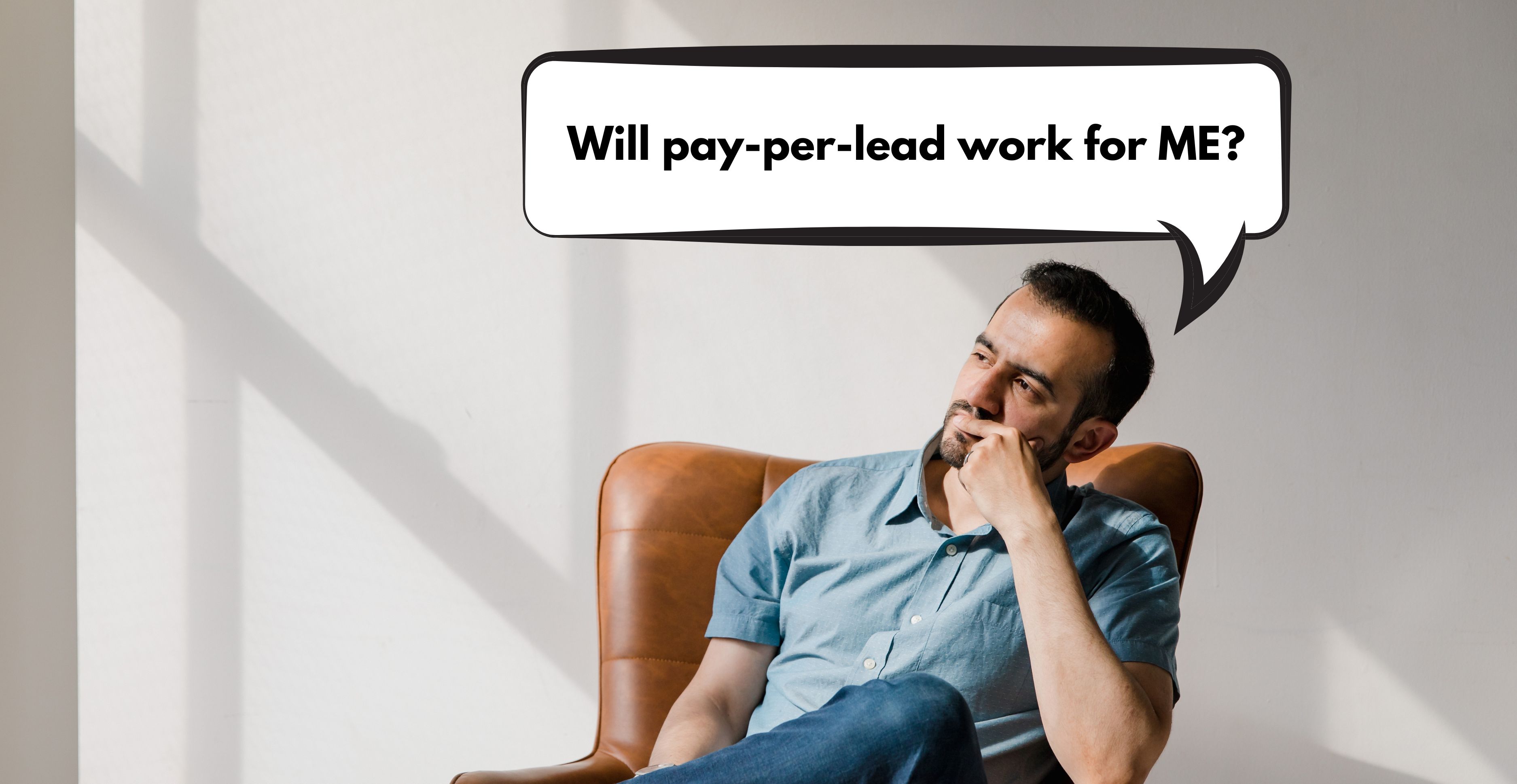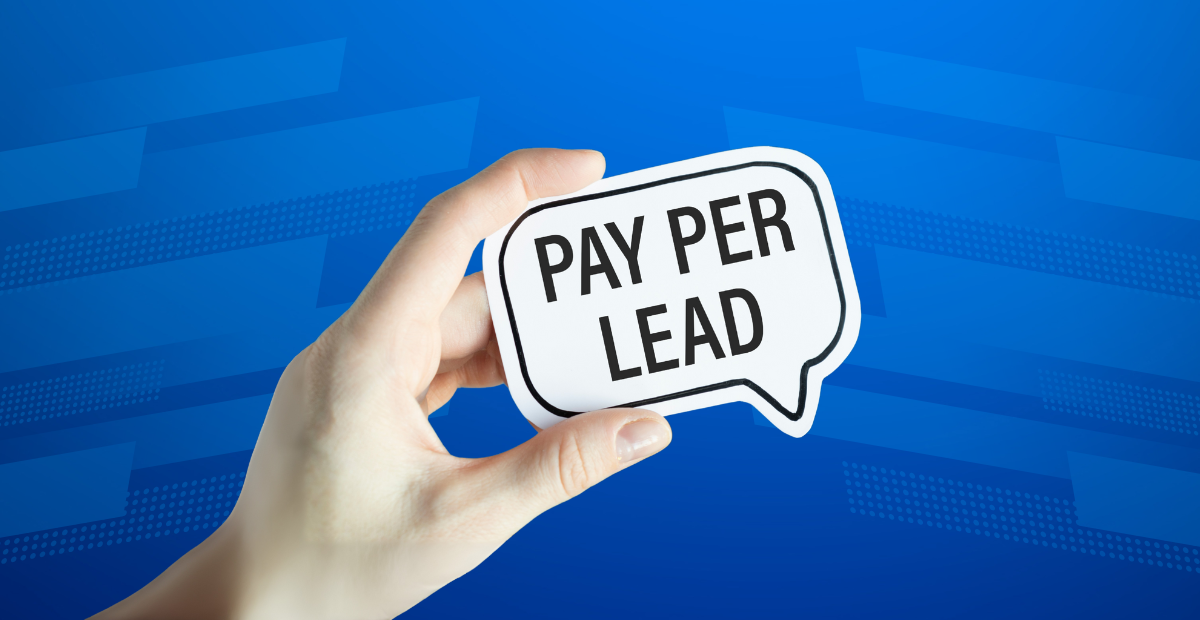Intro
You're probably here because you're thinking about signing on with a pay-per-lead company like Thumbtack, Angi, Modernize, or someone else. You see the opportunity, but you've also heard some horror stories.
So you might be asking:

That's something you have to answer for yourself. But in this article, I want to give you both the pros AND cons of using pay-per-lead sources, so you get the full picture.
Let's start with the pros!
Pros and Cons of Using Pay-Per-Lead Companies
Pro #1: Predictable Cost Per Lead
When you advertise your own business, results won't be predictable at first. There are too many variables.
You could spend $5,000 on a marketing campaign, and you don't know if you'll get 10 leads or 100 leads.
- How will customers respond to your brand, specifically?
- How will customers respond to the promotions you use?
- Is your website, or landing page, set up in a way that's going to convert clicks into leads?
However, lead companies already have fine-tuned landing pages, offers, and processes that yield predictable results. They can get leads at a predictable cost, and turn around and sell them at predictable prices.
Pro #2: Get leads quickly

When you start with a lead company, all they have to do is plug you into their system. And their system is already getting leads. So you'll start getting a portion of those leads right away.
They already have the funnel built, and they already have leads responding, so they don't need a ramp up time like your own marketing efforts would.
Pro #3: Low up front costs & effort
Doing your own marketing takes time, money, and effort. It takes time to build your website and ad campaigns, and then it takes time to see results. And even if you outsource to an agency, you'll still need to put some effort into providing them with input and images.
Pay-per-lead companies allow you to start getting leads without paying for all that up front, or putting in the upfront effort. You can just, well, start getting leads.
Con #1: No control over messaging
You don't get any say in what pay-per-lead providers put in their ads. Their priority is to get as many leads as possible, and sometimes the wording they use attracts low-quality prospects.
This can result in a lot of low quality leads with barely any sales.
Plus, in some cases, the messaging used is a little misleading. People might fill out their information because they think they're going to get an online quote, only to start getting calls from multiple contractors.
Con #2: Not as much connection to your company specifically
With some lead sources, homeowners don't initially see your brand at all. They fill out their information on the lead company's website, and the lead information gets sent to you.
To the lead, you're just a random company, and they don't have any pre-existing connection to your brand or your people.
That being said, there are some lead companies that show options of who to reach out to, after the prospect fills out what they are interested in. In that case, the customer would see your brand and potentially your ratings on that platform first.
If you have a strong brand, you might consider leaning towards lead sources that operate this way.
Con #3: No brand equity
Because lead companies advertise themselves, and not you, you don't get to build up your own reputation within your local area. This means you're getting the short term results (leads), but not planting those seeds for future business.
Your own marketing gives you the ability to use your messaging, help customers get to know your people, and grow your brand.
Service Allies takes this a step further with our video ads, and landing page video we use to help pre-sell customers on your business. If you want more information, take a look at our Facebook ads page.
Facebook ads allow you to start getting leads quickly, compared to other marketing methods, while building your brand at the same time.
Conclusion
Hopefully this list of pros and cons helps give you more clarity.
Timing is also important when it comes to using lead sources. I would recommend looking at our article about how to market your HVAC business in 3 stages.




